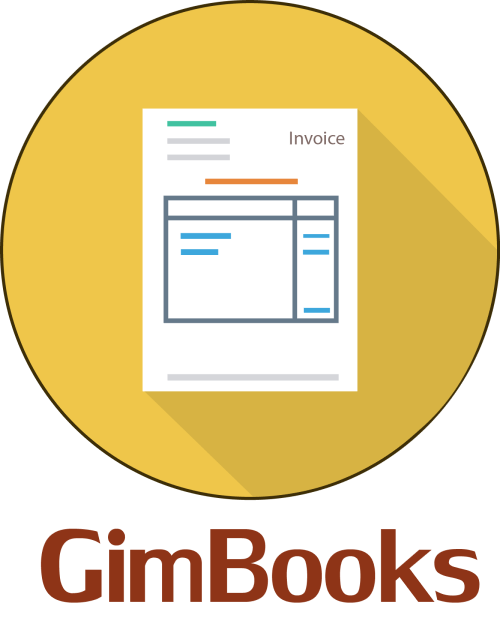The Ultimate Checklist to Implement The E-Invoicing System
Here is an ultimate checklist to ensure you have met all compliance requirements while adapting to and integrating e-Invoicing into your business’s tax function.
E-invoicing under India GST was implemented on October 1, 2020 for all registered businesses with an annual turnover exceeding ₹500 crores. Businesses need to start preparing for the new reform under GST before the deadline in order to avoid losing revenue.
Here is an ultimate checklist to ensure you have met all compliance requirements while adapting to and integrating e-Invoicing into your business’s tax function.
Getting started with e-invoicing under GST
Evaluating the Requirement
You first need to evaluate the requirement of implementing e-invoicing. For this you need to ask these simple questions:
- How soon will the e-invoicing mandate cover you?
- Does my current ERP support e-invoicing software integration?
- If the employees who are handling ERPs are well trained to cover all the aspects related to e-invoicing or they need training?
If you ask these questions, you will be able to implement e-invoicing flawlessly.
E-Invoicing Pre-Conditions
Before generating any e-invoice it is important for you to know that there are certain pre-conditions. One such example is the e-invoice schema which is a standard format to produce e-invoice. However, if you are hiring any GSP/ASP for implementing the recent mandate, then they will take care of such pre-conditions.
Picking GSP/ASP
At the time of choosing GSP or ASP you must consider the following points:
- Budget
- Product offered and its functionalities
- Product pricing
- Compliance requirements
- Software support
- ERP integration
Determining a budget
Once you know your requirements and everyone involved in making this project a reality, you need to figure out numbers
- Check if there is any e-invoicing update from your current financial system provider
- Conduct a cost benefit analysis for purchase of an e-invoicing solution
- Determine the costs for training your team to generate e-invoices on a regular basis.
- Compare different e-invoicing solutions (but don’t let cost be the only determining factor)
ERP Configuration
ERP configuration is the most vital point that you must consider because based on your business type you need to work on optional e-invoice fields in the e-invoice schema. But if you hire GSP or ASP they will configure the ERP as per the business requirement.
Stay up to date
You need to keep updating yourself regarding different GST amendments, notifications, and news if you are the one who is handling all the GST-related work. But there is a cheat for you, you can hire GSP/ASP that will make sure you stay GST compliant.
The staff needs to be trained
Before you implement e-invoicing, it is important you arrange proper training sessions for your staff which will help them to generate e-invoice that are error free. As in case if there is an error in an invoice, IRP will reject such an invoice. If you hire GSP/ASP, a trainer or associate will be assigned to train your staff.
I have implemented an e-invoicing solution, now what?
Updating business systems with a new mechanism is not enough. Once you have updated your systems and implemented an e-invoicing solution to generate e-invoices, you need to ensure your GST returns, e-way bills and reconciliations also keep running smoothly.
- Ensure all compliance requirements are being met.
- Keep updating - is your e-invoicing solution still ideal?
- Would automating GST compliance with e-invoicing make things easier?
The above checklist is perfect for a company that is looking to implement e-invoicing for their businesses. Find out how GimBooks can help with the India GST e-Invoicing solution suite.
